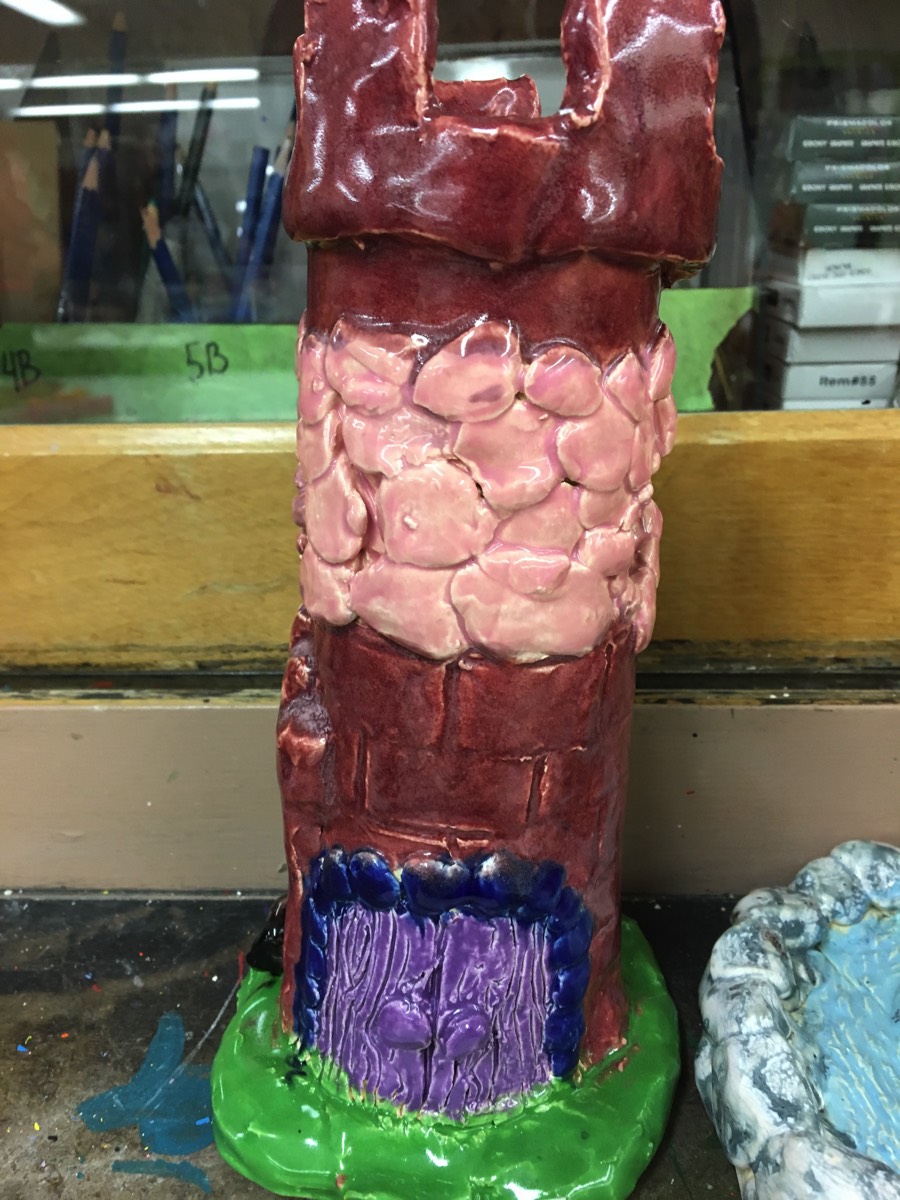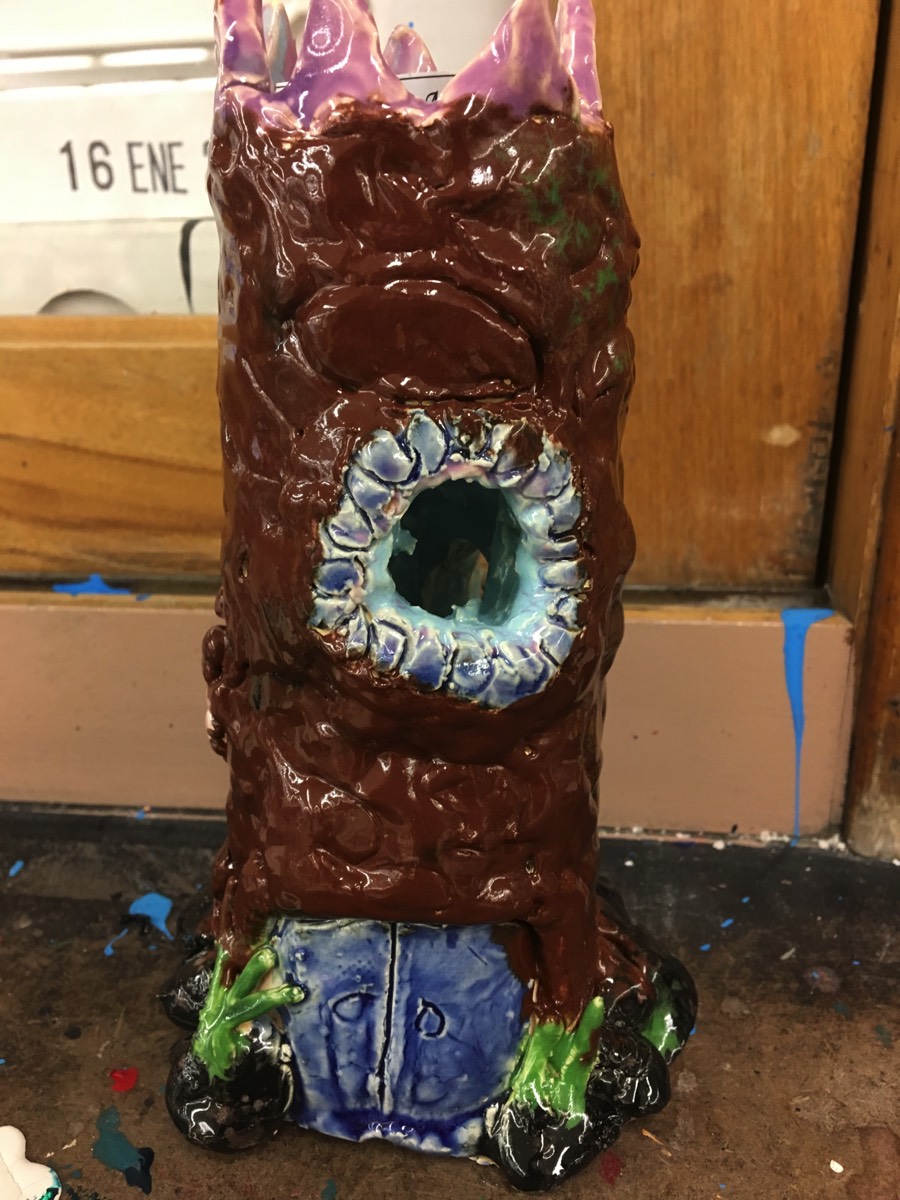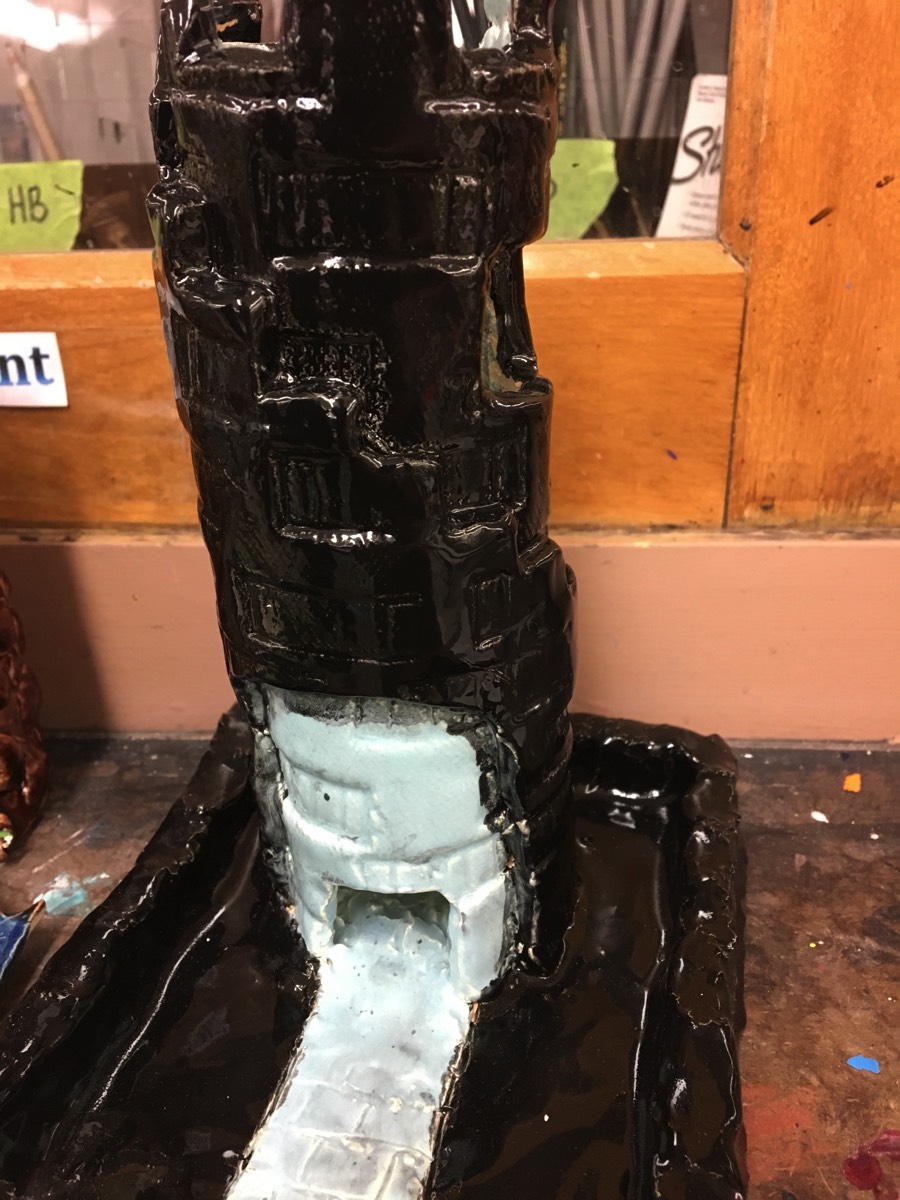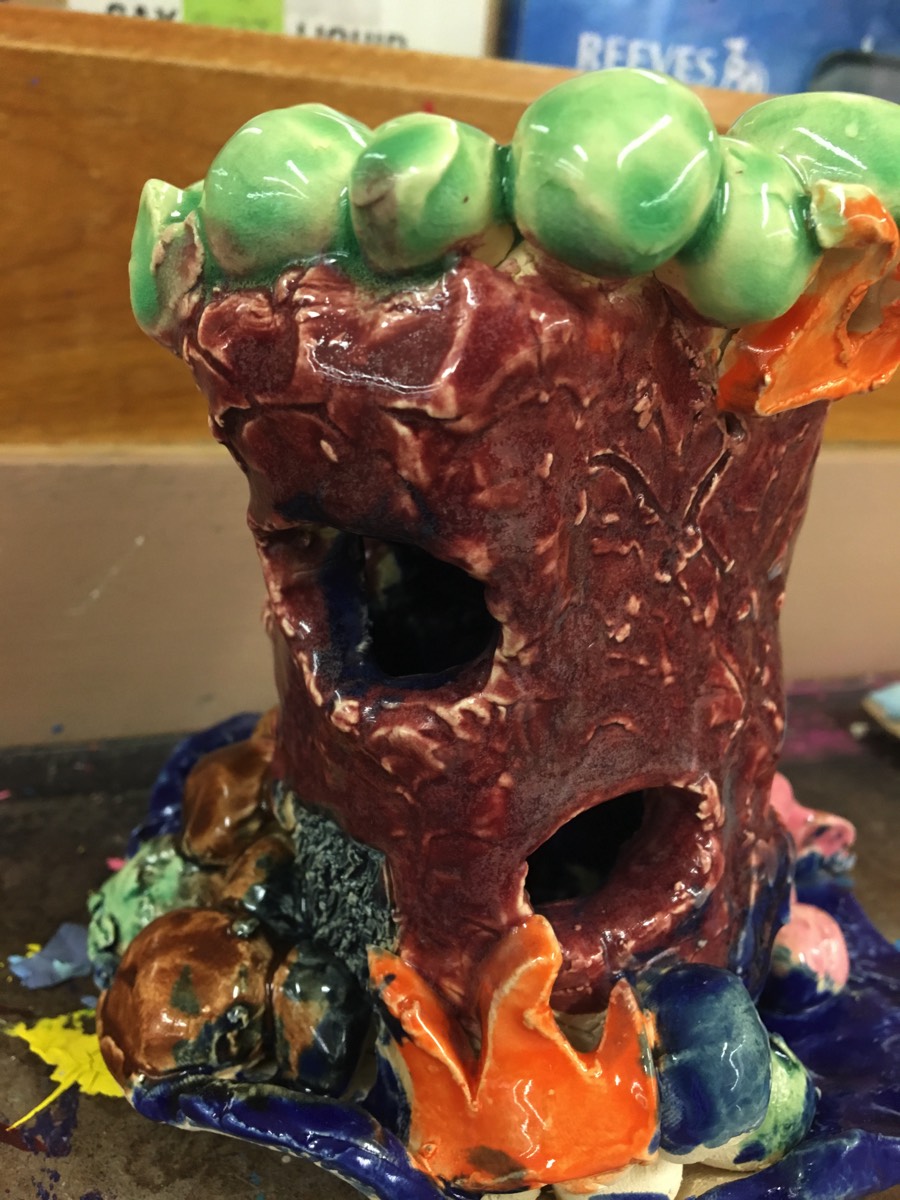Clay Castle Project
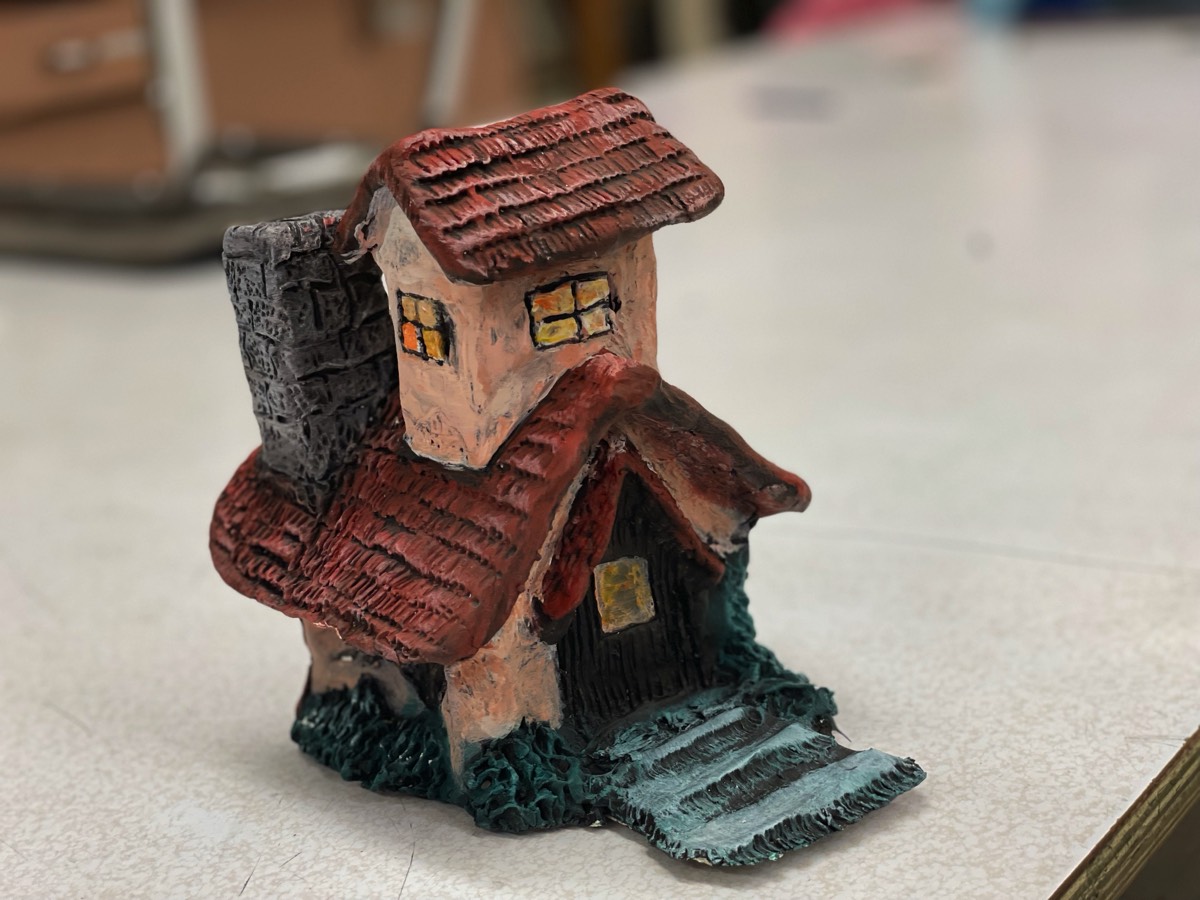
Project Description
The Clay Castle Construction Project is an exciting and creative endeavor that combines art, engineering, and craftsmanship to design and build a stunning castle made entirely of clay. This project aims to inspire imagination, foster teamwork, and provide participants with hands-on experience in sculpting, architectural design, and construction. Whether undertaken as a school project, a community initiative, or a personal endeavor, this project offers a unique opportunity to explore the world of clay modeling while constructing a magnificent castle.
Project Goals:
Artistic Expression: The primary goal of this project is to encourage artistic expression through the creation of a clay castle. Participants will have the opportunity to unleash their creativity by sculpting intricate details, designing turrets, moats, bridges, and more, all using clay as the primary medium.
Hands-On Learning: The Clay Castle Construction Project aims to provide participants with valuable hands-on learning experiences in sculpting, design principles, structural engineering, and teamwork. Participants will learn about the properties of clay, its workability, and how to create stable structures.
Collaboration: Teamwork and collaboration are essential aspects of this project. Participants will work together to plan, design, and construct the clay castle. They will learn effective communication, problem-solving, and project management skills.
Community Engagement: If the project is undertaken in a community setting, it can serve as a unique opportunity to engage and involve the local community. This can be achieved through workshops, open construction days, and even involving local artists or experts to guide and mentor participants.
Exhibition and Celebration: Upon completion of the clay castle, the project can culminate in an exhibition or celebration event. This will showcase the participants' hard work, creativity, and the beauty of the clay castle to the wider community.
Project Steps:
Planning: Begin by gathering a team and defining the scope of the project. Determine the size, design, and location of the clay castle. Create a project timeline and budget.
Materials and Tools: Procure the necessary materials, including clay, sculpting tools, support structures (if needed), and a suitable workspace. Ensure safety measures are in place.
Design: Collaboratively design the clay castle, taking inspiration from historical castles, fairy tales, or original concepts. Sketch out plans, blueprints, or 3D models to guide construction.
Sculpting: Start sculpting the various elements of the castle, such as walls, towers, and decorative features. Participants can work on their own sections or collaborate on larger structures.
Construction: Assemble the sculpted pieces to build the castle. Pay attention to structural integrity and ensure that the castle is stable.
Finishing Touches: Add final details, such as texture, paint, or glaze to enhance the castle's appearance. Consider adding landscaping elements like miniature gardens, ponds, or miniature figurines.
Exhibition: Showcase the clay castle to the community through an exhibition or open house event. Invite friends, family, and the local community to admire the completed masterpiece.
Documentation: Document the project's progress with photographs, videos, and written descriptions. This documentation can be used for educational purposes or future presentations.
The Clay Castle Construction Project offers an exciting opportunity to bring together art and engineering, foster creativity, and engage with the community. Whether for educational purposes, team-building, or personal enrichment, this project promises to be a memorable and fulfilling endeavor for all involved.
Project Goals:
Artistic Expression: The primary goal of this project is to encourage artistic expression through the creation of a clay castle. Participants will have the opportunity to unleash their creativity by sculpting intricate details, designing turrets, moats, bridges, and more, all using clay as the primary medium.
Hands-On Learning: The Clay Castle Construction Project aims to provide participants with valuable hands-on learning experiences in sculpting, design principles, structural engineering, and teamwork. Participants will learn about the properties of clay, its workability, and how to create stable structures.
Collaboration: Teamwork and collaboration are essential aspects of this project. Participants will work together to plan, design, and construct the clay castle. They will learn effective communication, problem-solving, and project management skills.
Community Engagement: If the project is undertaken in a community setting, it can serve as a unique opportunity to engage and involve the local community. This can be achieved through workshops, open construction days, and even involving local artists or experts to guide and mentor participants.
Exhibition and Celebration: Upon completion of the clay castle, the project can culminate in an exhibition or celebration event. This will showcase the participants' hard work, creativity, and the beauty of the clay castle to the wider community.
Project Steps:
Planning: Begin by gathering a team and defining the scope of the project. Determine the size, design, and location of the clay castle. Create a project timeline and budget.
Materials and Tools: Procure the necessary materials, including clay, sculpting tools, support structures (if needed), and a suitable workspace. Ensure safety measures are in place.
Design: Collaboratively design the clay castle, taking inspiration from historical castles, fairy tales, or original concepts. Sketch out plans, blueprints, or 3D models to guide construction.
Sculpting: Start sculpting the various elements of the castle, such as walls, towers, and decorative features. Participants can work on their own sections or collaborate on larger structures.
Construction: Assemble the sculpted pieces to build the castle. Pay attention to structural integrity and ensure that the castle is stable.
Finishing Touches: Add final details, such as texture, paint, or glaze to enhance the castle's appearance. Consider adding landscaping elements like miniature gardens, ponds, or miniature figurines.
Exhibition: Showcase the clay castle to the community through an exhibition or open house event. Invite friends, family, and the local community to admire the completed masterpiece.
Documentation: Document the project's progress with photographs, videos, and written descriptions. This documentation can be used for educational purposes or future presentations.
The Clay Castle Construction Project offers an exciting opportunity to bring together art and engineering, foster creativity, and engage with the community. Whether for educational purposes, team-building, or personal enrichment, this project promises to be a memorable and fulfilling endeavor for all involved.
Learning Objectives
Rubric
Rubric:
Rubrics have become popular with teachers as a means of communicating expectations for an assignment, providing focused feedback on works in progress, and grading final products. A rubric is a document that articulates the expectations for an assignment by listing the criteria, or what counts, and describing levels of quality from excellent to poor.
The rubric for the clay castle can be viewed, downloaded and printed below. Enjoy
Rubrics have become popular with teachers as a means of communicating expectations for an assignment, providing focused feedback on works in progress, and grading final products. A rubric is a document that articulates the expectations for an assignment by listing the criteria, or what counts, and describing levels of quality from excellent to poor.
The rubric for the clay castle can be viewed, downloaded and printed below. Enjoy
Element of Art
Space:
An element of art by which positive and negative areas are defined or a sense of depth achieved in a work of art.
Space:
An element of art by which positive and negative areas are defined or a sense of depth achieved in a work of art.
Artist: Matt Long
Matt Long is a sand sculpture artist who custom designs different sculptures to see the needs of his clients. He creates fascinating, one of a kind displays using nothing but sand and water. He was the cast member from the two season run of the TV show Sand Masters, which was originally featured on the Travel Channel. He also has four World Championship medals from international competitions.
Project Example
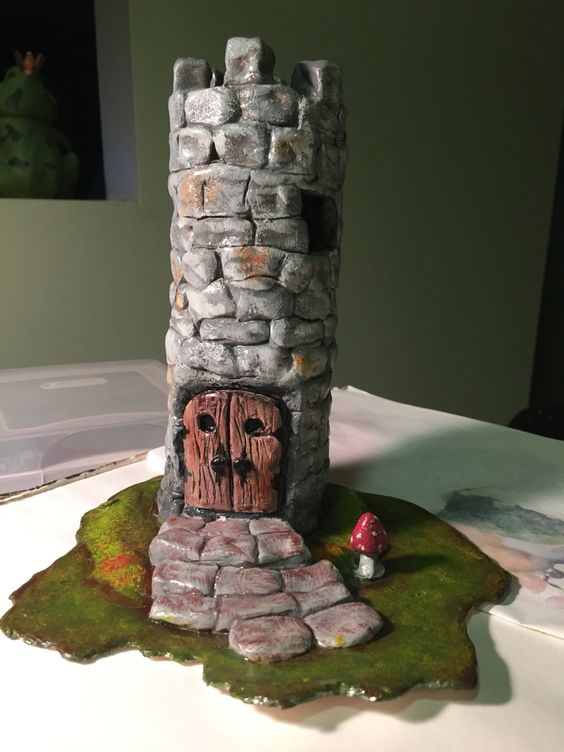
Project Demonstration
Project Video Regular Clay
Project Demonstration Air Dry Clay
Project Video Painting / Designing / Texture
Student Work
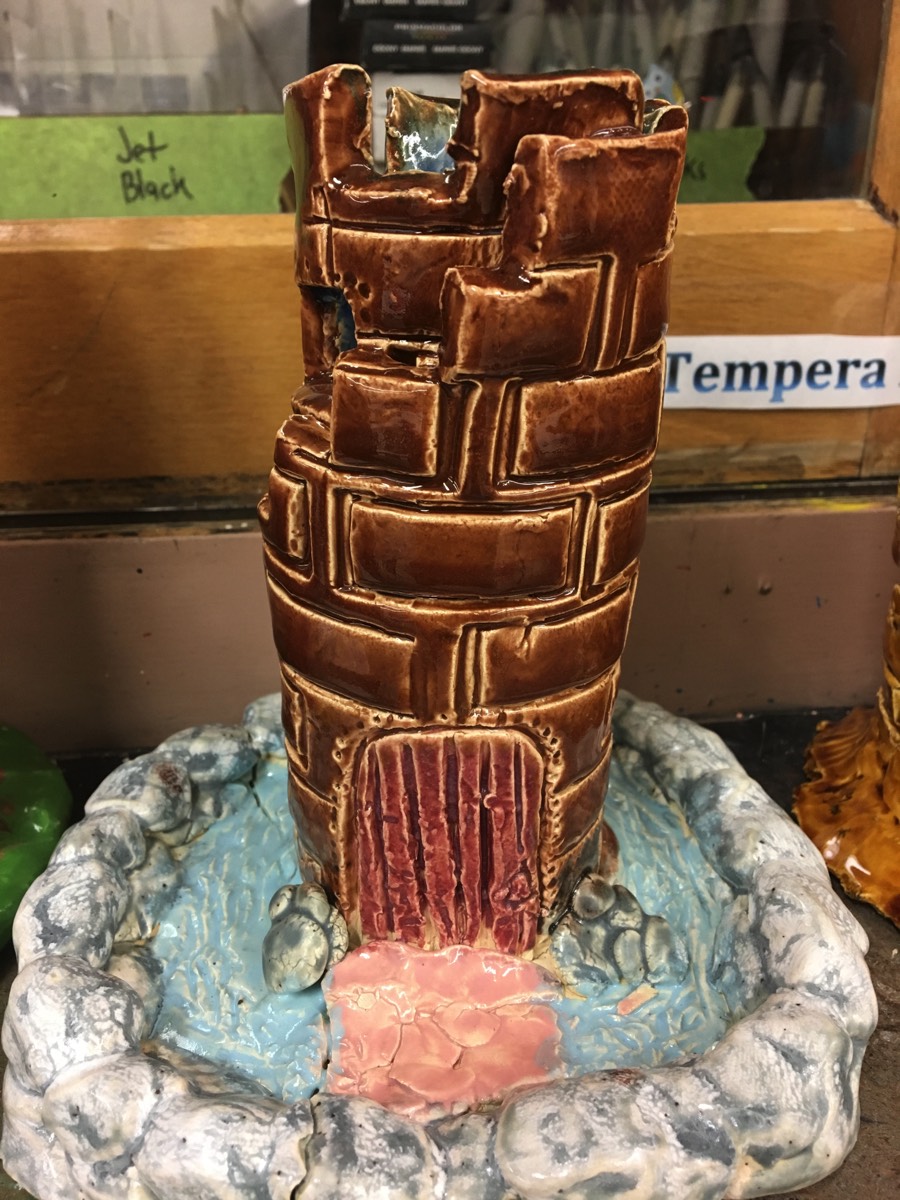
You're Ready to Start Your Project.
Project Submission

Clay Castle Comments
- 1
- 2
- 3
- 4
- 5
- 6
- 7
- 8
- 9
- 10
- 11








